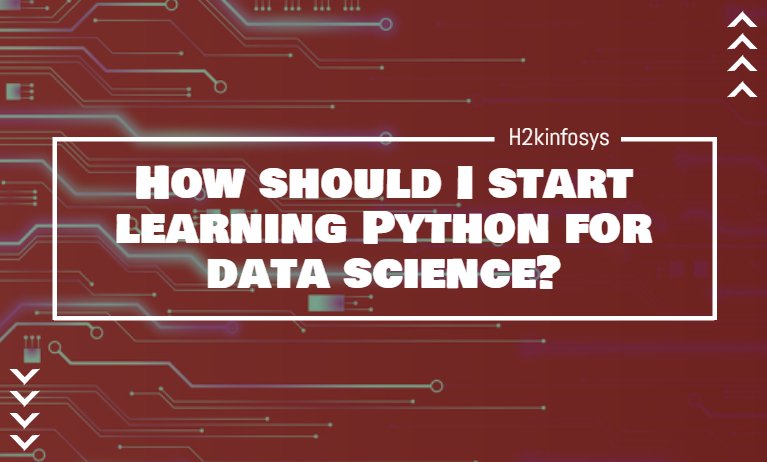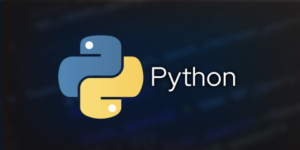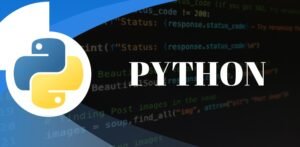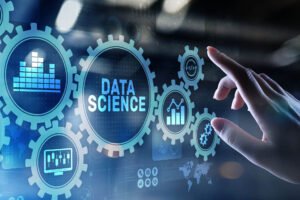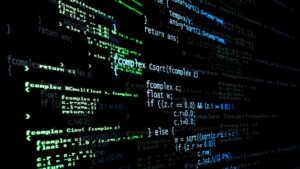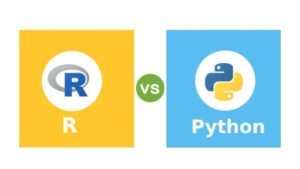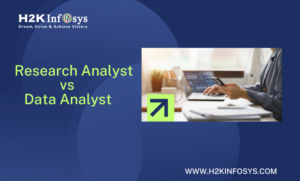Before you go on to read the blog, here’s a spoiler. Learning Python for Data Science is a different ball game altogether. Python is a general-purpose language that can be used for various reasons. It can be used for mobile app development, games development, web application development, etc. Whether Python is the 2nd most popular programming language is probably arguable. But, Python definitely is the most preferred programming language for Data Science.
Most of the programmers join the Python course which is meant for developers. They fight tooth and nail to crack the most difficult riddles in Python, build games like tic tac toe with the assumption that these coding skills will help them in analyzing data. But, this is a blunder. The data scientists use Python for cleaning, visualizing, and building algorithms. Therefore, we advise enrolling for the Python Data Science course rather than Python as such if you are seriously considering getting into the data science niche.
How to learn Python for Data Science?
When learning Python for Data Science, the focus should be on learning the libraries and modules. Here’s a list of steps for a Python learner who has Data Science in mind.
1. Create the programming environment
Install Anaconda and subsequently, the Jupyter Notebook which is a powerful IDE that allows you to create, share, live code, and visualization among groups. By downloading Anaconda, you are loading all the popular Python libraries.
2. Don’t go beyond basics
Familiarize yourself with the basics in Python. You may opt for a good Python Data Science training to meet the goal. Here you can understand the Python data structures, such as lists, tuples, etc. You can also acquire the knowledge of loops, classes, objects, etc. here.
3. Learn the libraries
Start with Numpy and Pandas. Numpy is the most basic package of Python that helps in statistical computing. Numpy’s multi-dimensional arrays are n-dimensional that can integrate with C/C++ or Fortran code which is arguably the best feature of Python. The interesting part is, these arrays allow speedy integration with databases.
Pandas is the extension of the NumPy. With the help of Pandas, heterogeneous data can be viewed and analyzed. This is an ideal module for data wrangling or EDA (Exploratory Data Analysis).
4. Discover visualization
Study MatPlotlib, a data visualization package, left, right, and center. Learn to plot the basic graphs such as line graphs, bar graphs, histograms, scatter plots, and Box plots. We advise you to get acquainted with the Seaborn package as well in the meantime. While Matplotlib is a fundamental package that offers visualization, the Seaborn is a high-level interface that helps you draw insights on data.
5. Couple SQL with Python
The database is where the data resides. Therefore, it is imperative to learn how to associate with SQL and load data into the Jupyter Notebook to perform analysis.
6. Brush up your Statistics fundamentals using Python
Machine learning, Deep Learning algorithms need statistical knowledge. Therefore, don’t jump the gun and try to write ML algorithms.
Acquaint yourself with the basics of statistics such as the central tendencies – Mean, Median, Mode, Probability Basics, Baye’s theorem, z-scores, confidence intervals, etc and the relevant functions in Python for calculating those.
7. Indulge in working on Python Data Science Projects
Congratulations! Now you are almost there. The last step, however, is to practice, practice, and practice. Work on real-time Python projects which can help you develop algorithms and coding skills.
EndNote:
Although Python is touted to be an easy-to-learn language, high levels of determination are required to learn Python in the Data Science perspective. However, home is where the heart is. If you have the will to succeed, nothing can stop you from reaching your destination!
